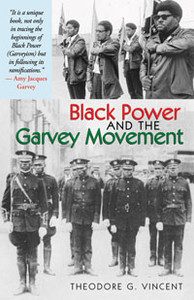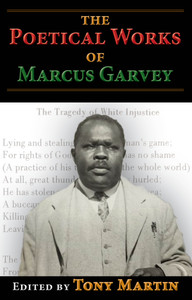
Literary Garveyism: Garvey, Black Arts and the Harlem Renaissance - Tony Martin
"Martin performs a valuable service....[Garvey's literary contribution] has been largely overlooked in studies such as Nathan Huggins's Harlem Renaissance, David Levering Lewis's When Harlem Was in Vogue, and Jervis Anderson's This Was Harlem." CHOICE
"In language that is elegant and richly anecdotal, Tony Martin has served notice that anyone who wishes to study the Harlem Renaissance or trace the development of the Black aesthetic must acknowledge the important influence of the Garvey movement." Joanne Veal Gabbin, AFRO-AMERICANS IN NEW YORK LIFE AND HISTORY
"Successful in showing that the popularly rooted Garveyites displayed as much zeal for literature as did the now better-known NAACP and Urban League, Martin's book serves as a corrective work...." John M. Reilly, AMERICAN LITERARY SCHOLARSHIP.
204 pgs. Paperback.





